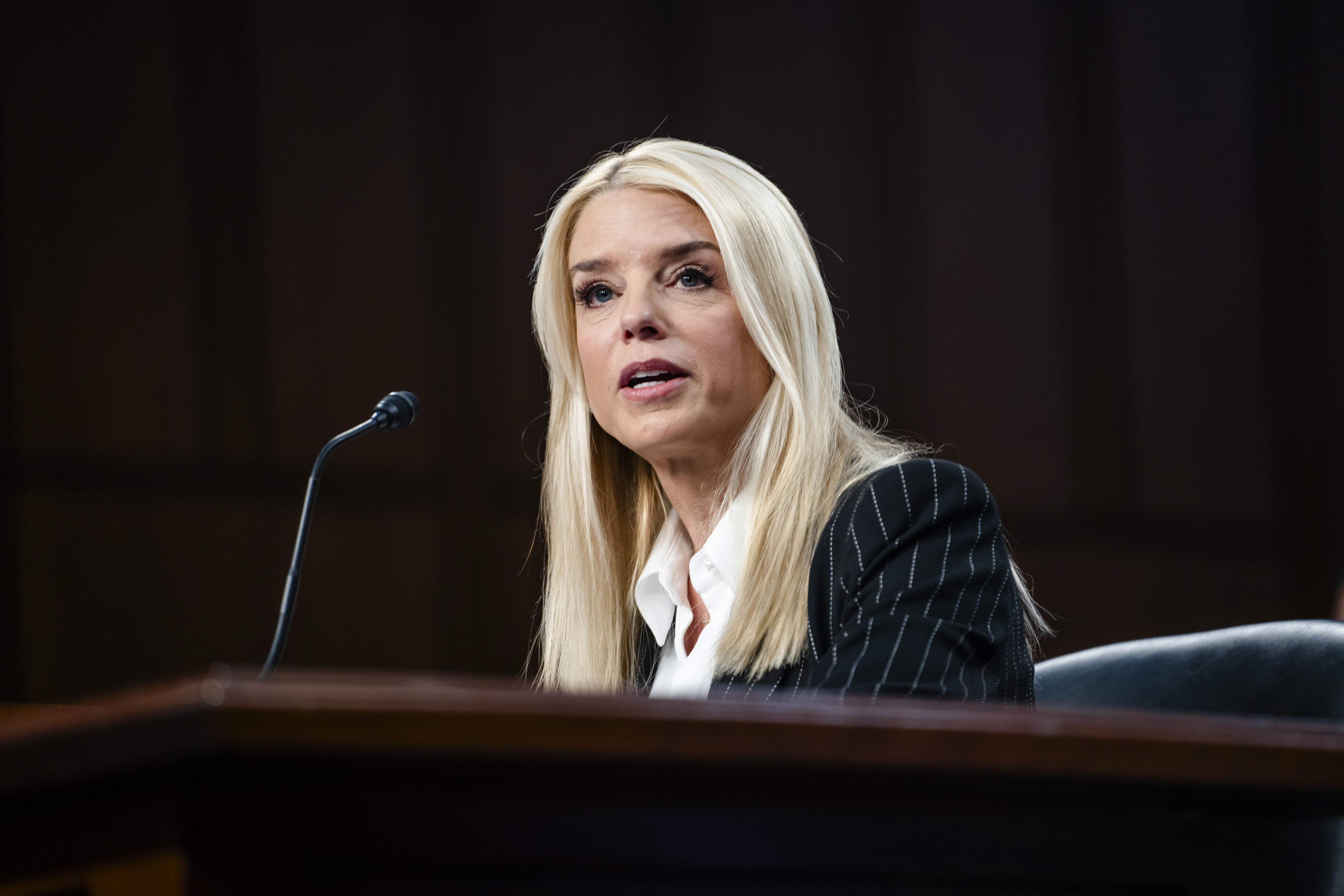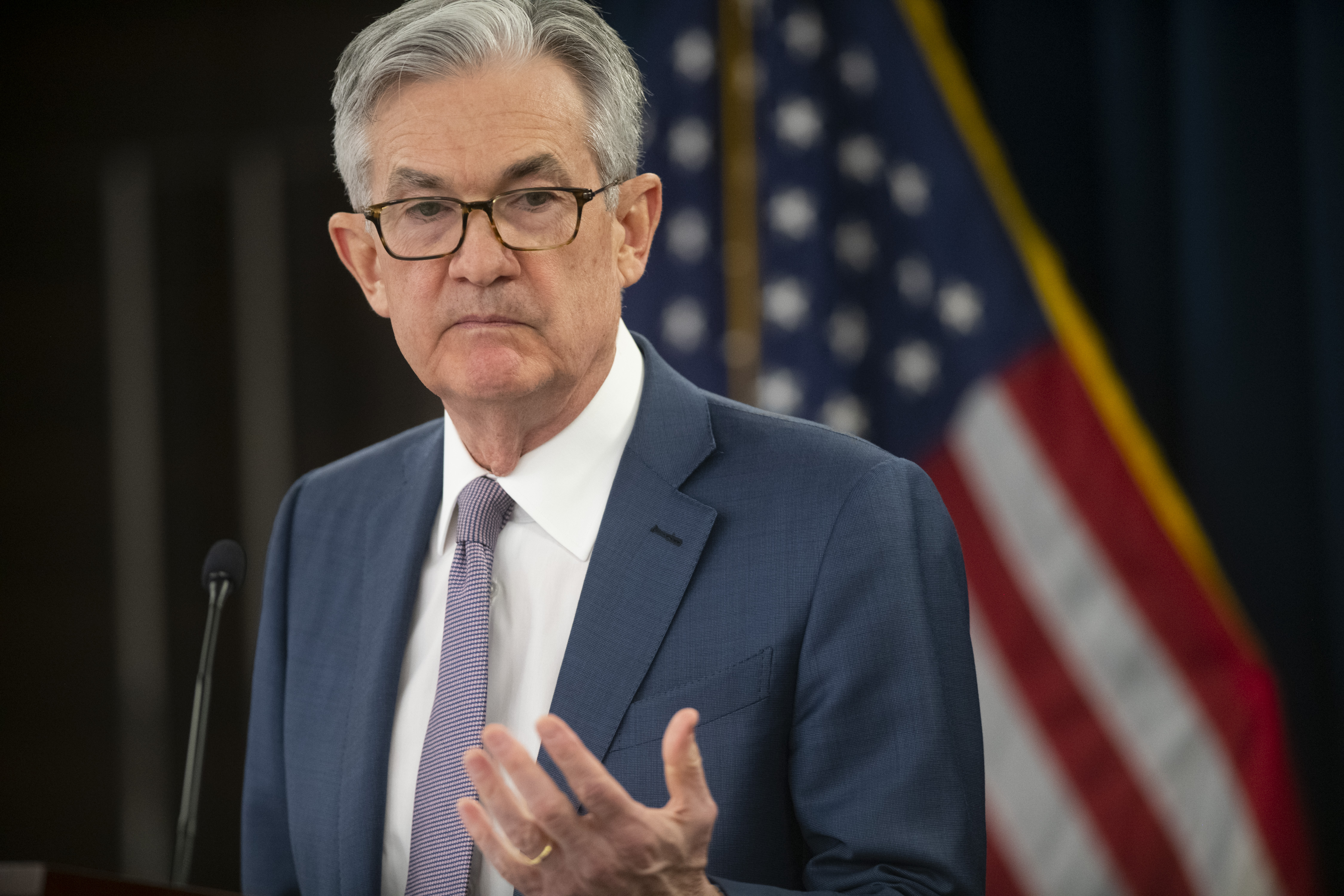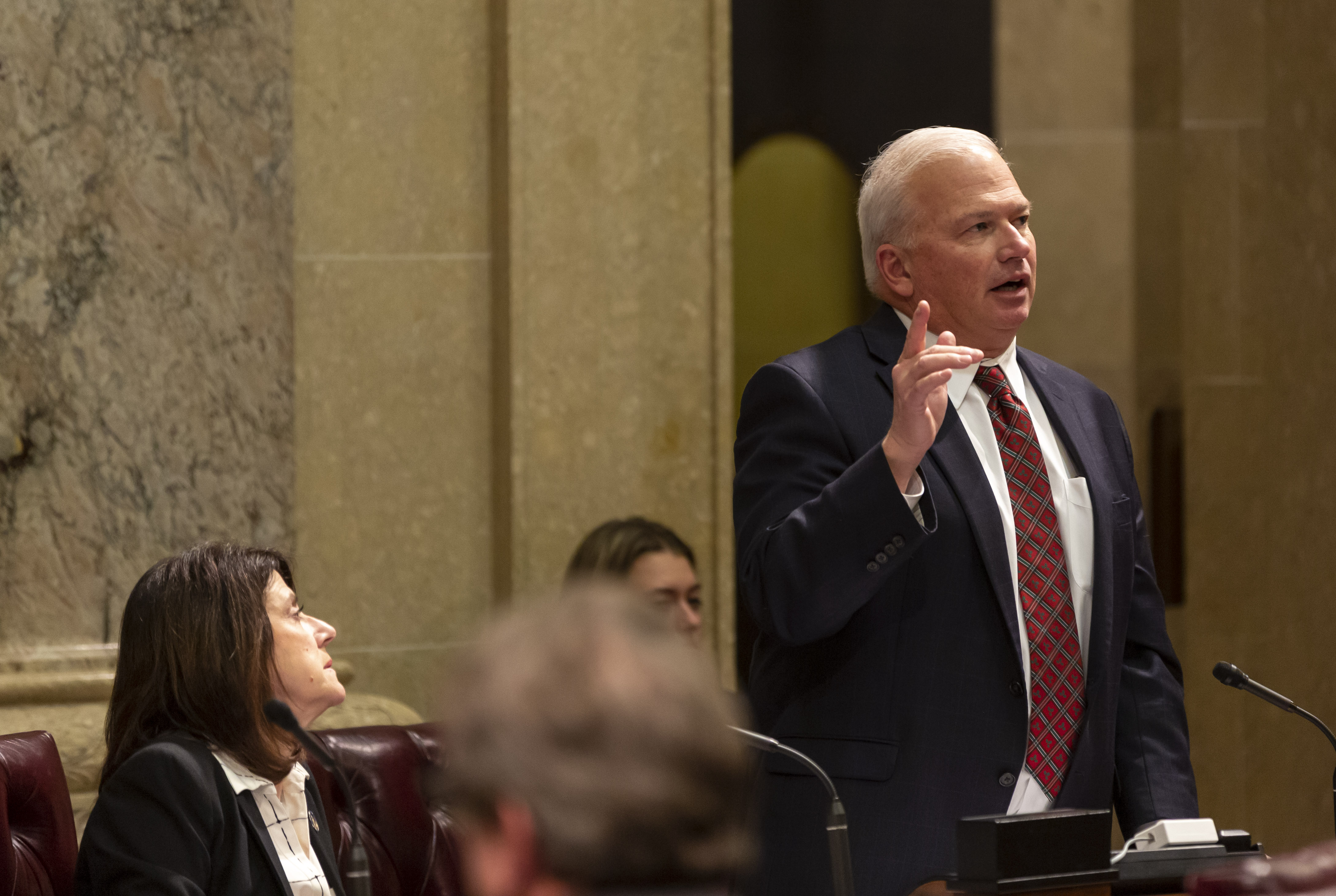Washington cities can now designate certain residential roads as "shared streets" with speed limits as low as 10 miles per hour under a new state law signed by Governor Bob Ferguson. Senate Bill 5595, which passed the legislature earlier this year, allows cities to implement significant changes to how streets are regulated and used, with a focus on pedestrian priority.
Under the law, pedestrians are allowed to walk in the middle of shared streets, and traditional jaywalking laws no longer apply. Vehicles are still permitted to travel on these streets, but must yield to bicycles, which in turn must yield to pedestrians.
The law also exempts designated shared streets from several existing traffic provisions, including rules related to pedestrian roadway use, vehicle overtaking, crosswalk behavior, and some bicycle regulations. Critics of the legislation have raised concerns that removing these standardized rules could lead to confusion among drivers and pedestrians, and potentially increase the risk of accidents.
The bill was sponsored by Senator Emily Alvarado (D-Seattle), representing Washington’s 34th District. SB 5595 was Alvarado’s first bill to pass out of the Senate after taking office and had seven co-sponsors in both chambers of the state legislature.
Supporters of the bill say it’s intended to improve pedestrian safety and promote more flexible use of neighborhood streets. However, opposition voices argue the new rules could create unpredictable conditions for drivers and complicate traffic enforcement.
In response to these concerns, the law includes a reporting requirement: municipalities that designate shared streets must submit annual reports detailing traffic accident data, speeding violations, and incidents involving driving under the influence. The reports are intended to help the state monitor the law's impact on public safety.
The new legislation arrives amid growing scrutiny of street safety programs in cities like Seattle, where, despite the city’s commitment to its Vision Zero initiative, which aims to eliminate all traffic deaths and serious injuries by 2030, the number of traffic fatalities in Seattle increased from 27 in 2023 to 29 in 2024. Most of the victims were pedestrians, cyclists, or motorcyclists.
According to The Center Square, since Vision Zero began in 2015, more than 1,850 people have been seriously injured and 253 have been killed in traffic incidents on Seattle’s streets. Seattle’s transportation department is responding with a broader “Safe System Approach,” based on principles used in countries like Sweden and Australia. This includes redesigning streets to account for human error, promoting multimodal transportation, and emphasizing redundancy in safety features.
An estimated $70 million from a new eight-year tax levy will be directed toward Vision Zero-related projects, which city officials say will help implement improvements such as speed reduction, intersection redesigns, and pedestrian infrastructure.
With SB 5595 now in effect, cities across Washington can begin designating shared streets and implementing the 10 MPH speed limit.

 1 month ago
2
1 month ago
2








 English (US) ·
English (US) ·